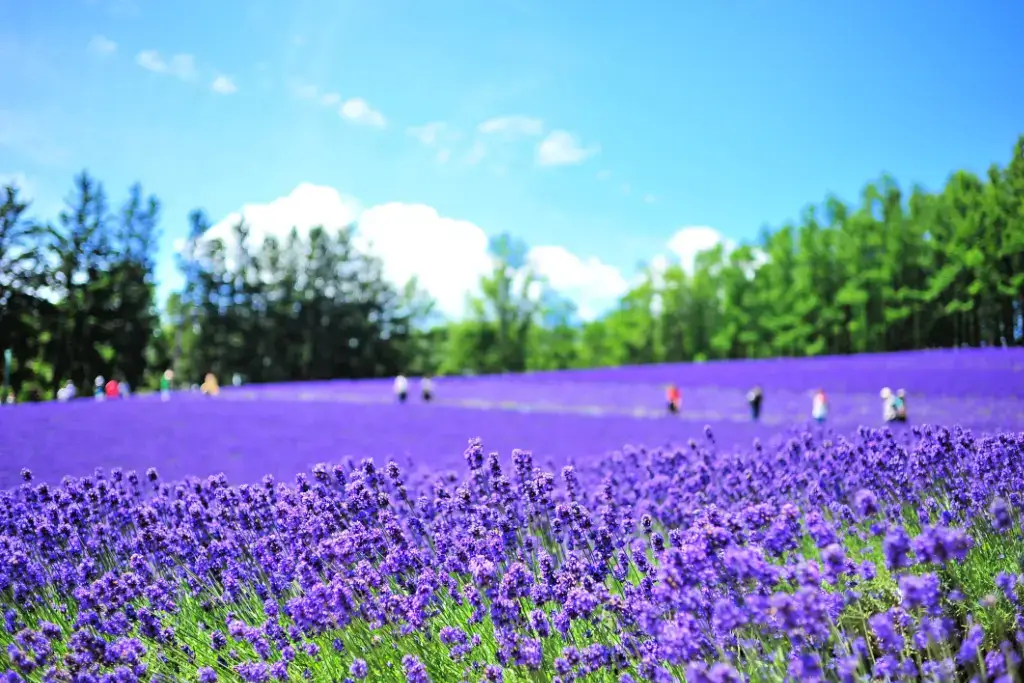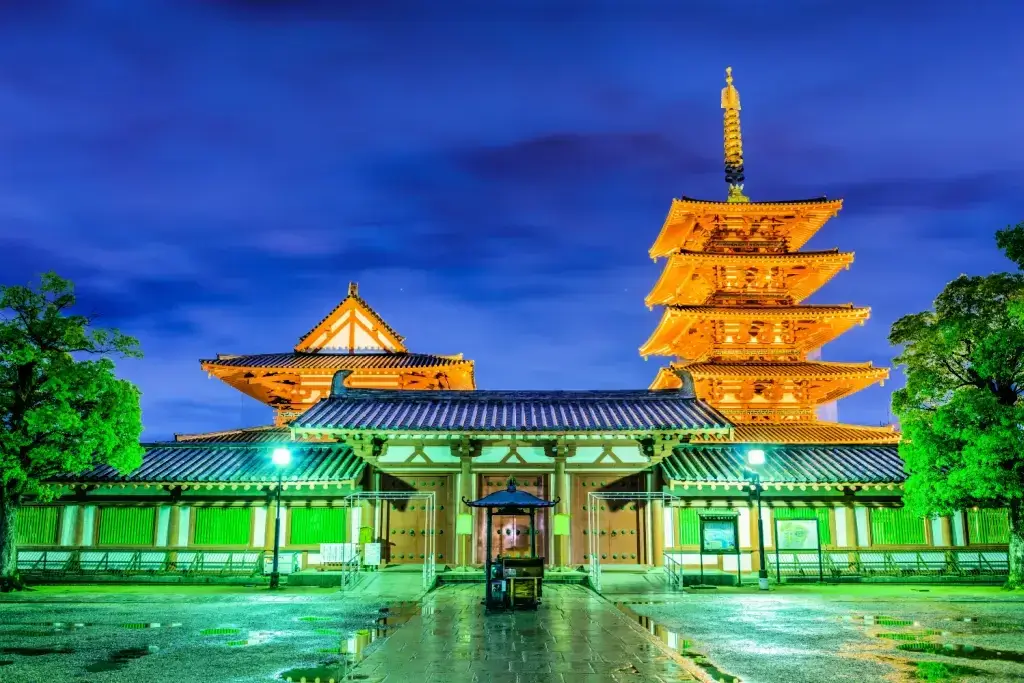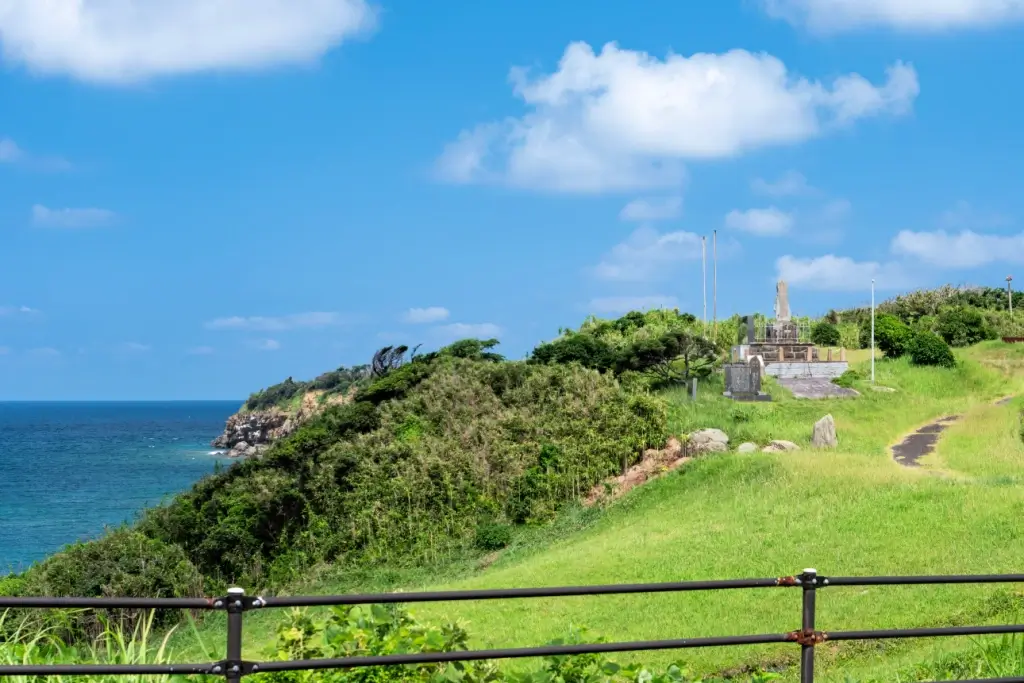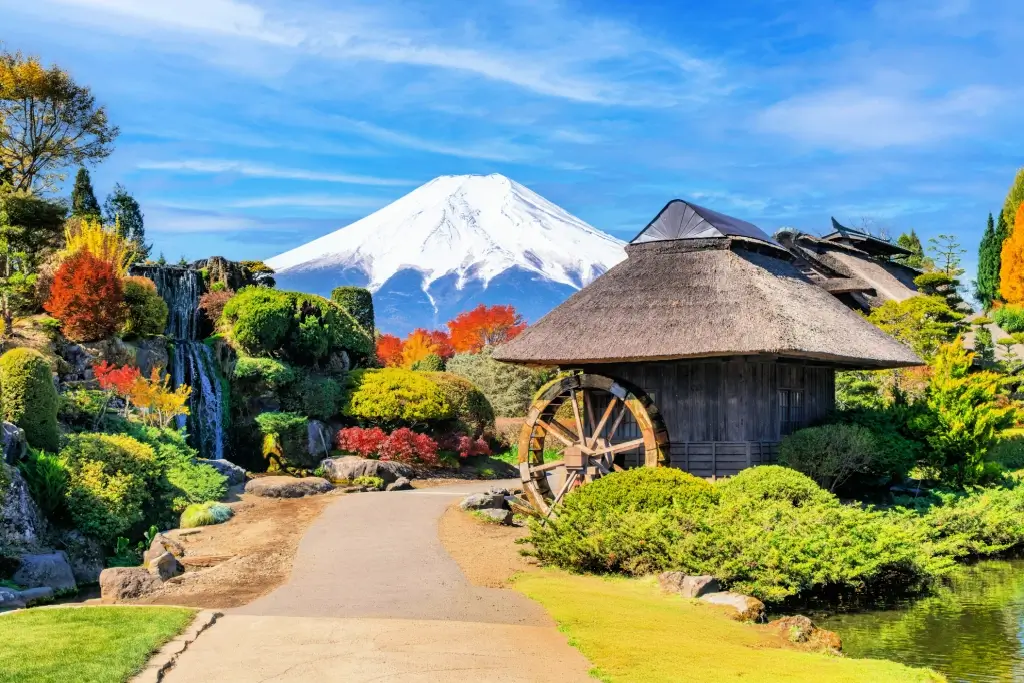Japan is famous for its numerous beautiful natural landscapes and its ancient cultural traditions, which are still preserved today. Is now the best time to visit Japan? Let’s explore the nine regions of this nation and what makes each unique.
Table of Contents
ToggleHokkaido
Hokkaido, Japan’s northernmost island, is a treasure trove of natural beauty, tasty food, and fun activities! Surrounded by three seas, Hokkaido offers cool summers and snowy winters, making any season the best time to visit Japan. You can visit Otaru to see its beautiful canal or Hakodate for stunning views from Mount Hakodate. Long ago, Hokkaido was called Ezo and was home to the Ainu people, who have fascinating traditions you can still explore at places like Lake Akan.

In winter, this region is covered in snow! Ski resorts like Rusutsu, Niseko, and Furano are great for skiing and snowboarding. Lake Shikaribetsu has an ice village with igloos and an ice bar. The Sapporo Snow Festival is a big event where you can see amazing snow sculptures. Hokkaido is also famous for its buttery treats, including sanporoku sponge cake, fresh seafood like kaisendon (seafood rice bowls), and different styles of ramen from places such as Sapporo, Hakodate, and Asahikawa.
Tohoku
The Tohoku region in northeastern Honshu Island is charming, with breathtaking natural landscapes, a rich history, and a unique culture. It comprises six prefectures: Aomori, Iwate, Miyagi, Akita, Yamagata, and Fukushima. The area is known for its delicious food, vibrant festivals, and amazing hot springs, including Zao Onsen and Ginzan Onsen.

You can hike picturesque trails like those around Shirakami Sanchi, explore historic sites like Hiraizumi in Iwate, or marvel at the floating islands of Matsushima Bay in Miyagi. Festivals like the Aomori Nebuta Matsuri and Akita Kanto Matsuri light up summers with colorful parades. Try local foods such as Aomori’s famous apples, Fukushima’s juicy peaches, Ishiyaki hotpot, and kiritanpo (pounded rice sticks) from Akita, or dairy products from Iwate’s farms.
Kanto
The Kanto region is a lively and diverse area in eastern Japan, home to bustling Tokyo and six other prefectures: Kanagawa, Chiba, Saitama, Ibaraki, Tochigi, and Gunma. With over 40 million residents, it’s the most populated region in Japan, offering a mix of city life and natural beauty.

In Kanto, there’s always something exciting to do! Relax in Gunma’s beloved onsen, enjoy yummy street food in Yokohama’s Chinatown (Kanagawa), explore Tokyo’s iconic Skytree and Akihabara’s anime shops, or visit serene Nikko temples in Tochigi.
Additionally, nature lovers will adore places like Mount Tsukuba and Sankeien Garden, while thrill-seekers can try snowboarding or bungee jumping in the mountains. Children and families also highly treasure the choice of having fun at the Tokyo Disney Resort in Chiba Prefecture.
Are you looking for great snacks from across Japan’s nine regions? Check out Sakuraco! Sakuraco delivers traditional Japanese snacks, teas, and sweets from local Japanese makers directly to your door so you can enjoy the latest treats directly from Japan!
Chubu
The Chubu region truly shines as a destination for exploration and relaxation. Its varied landscapes feature the towering Japanese Alps, serene coastlines, and the iconic Mount Fuji. Thanks to numerous attractions, it’s also become a favorite destination of many locals and tourists, ranging from tranquil hot springs like Gero and Yamanaka to historical gems such as Shirakawa-go and Nagoya Castle.

Chubu provides a year-round charm for those planning the best time to visit Japan. Spring brings blooming cherry blossoms, while autumn decorates the mountains with stunning foliage. Winter transforms the region into a snowy wonderland, perfect for festivals and skiing. Moreover, Niigata’s Sado Island and Toyama’s Kurobe Dam are dynamic spots with various joyful activities, while Shizuoka’s tea fields provide a peaceful retreat.
Kansai
The Kansai region is situated in western Japan on the main island of Honshu. Known as the country’s cultural heart, Kansai presents a remarkable combination of history and tradition. Visitors can marvel at iconic landmarks such as Kyoto’s Fushimi Inari Shrine with its famous red torii gates, Nara’s Todai-ji Temple, which houses the Great Buddha, and Himeji Castle in Hyogo, which is a UNESCO World Heritage Site.

Additionally, the peaceful landscapes of Lake Biwa in Shiga and the spiritual trails of Kumano Kodo in Wakayama highlight Kansai’s natural charm. The region also thrives with dynamic city life and savory specialties. Osaka’s lively Dotonbori district offers neon-lit streets and mouthwatering takoyaki, while Kobe is famous for its luxurious Kobe beef. Seasonal festivals, from Kyoto’s Gion Matsuri to Nara’s Lantern Festival, immerse visitors in local culture.
Chuugoku
Consisting of five prefectures, the Chuugoku region combines a rich history, distinctive cultural experiences, and stunning scenery. Tottori is home to the country’s largest dunes and sacred mountains, while Shimane is popular for its historic silver mines and hot springs. Okayama is known for its beautiful gardens. People also love the Peace Memorial Park and Miyajima Island’s floating torii gate in Hiroshima. And Yamaguchi boasts gorgeous coastal views and historic shrines.

With majestic landscapes like Mount Daisen and Akiyoshido limestone caves, Chuugoku is perfect for outdoor enthusiasts. The region also boasts many historic sites like Hagi Castle and delicious food, including Hiroshima-style okonomiyaki.
Shikoku
Shikoku comprises four prefectures: Tokushima, Kagawa, Ehime, and Kochi. It sits between the Seto Inland Sea and the Pacific Ocean, offering striking landscapes like mountains, rivers, and coastlines. In addition, you can enjoy the delightful Awa Odori Festival in Tokushima, known for its lively dances, or discover unique spots like Kochi Castle and the Shikoku 88 Temple Pilgrimage, a spiritual journey across the island.

Each prefecture in Shikoku has its own unique culture and food. Kagawa is well-known for its delicious udon noodles. Kochi offers local seafood dishes, including katsuo no tataki, a dish made from grilled bonito.
Kyushu

Kyushu is the third-largest island in the southern part of the country. It has many active volcanoes like Sakurajima and remarkable hot springs like Beppu Onsen. The region also combines busy cities and calm nature. Places like Kumamoto and Nagasaki are full of history and culture. Furthermore, Kyushu is also a great place to try unique food, with impressive dishes like Miyazaki mangoes, Takezaki crabs, and oysters from Saga. Fukuoka is also a lively place famous for its hearty tonkotsu ramen.
Okinawa
Okinawa is a group of islands in the south of Japan, renowned for its beautiful beaches, warm climate, and vibrant culture. The region has a fascinating history as an independent kingdom. Okinawa also stands out for its traditional martial arts, including karate, and its well-known festivals, including the Eisa dance parade and the Naha Tug of War. The islands also have extraordinary natural beauty with clear waters, coral reefs, and scenic beaches, ideal for snorkeling and whale-watching activities.

Its food is also special, with savory dishes like Okinawa soba and goya chanpuru (a bitter melon stir-fry dish). One of its most exclusive products must be “snow salt,” made from seawater and full of healthy minerals. The region’s culture also includes traditional crafts, like uchiwa fans, and local teas, such as jasmine and turmeric tea, favored for their health benefits. Here, you can also stop by historic sites like Shuri Castle and receive the warm hospitality of the Okinawan people.
Why should I visit Japan’s nine regions?
Visiting Japan’s nine regions provides a rich and diverse experience that combines magnificent scenery, distinct cultures, and unforgettable traditions. Whether you’re drawn to the snowy peaks of Hokkaido, the historic temples of Kansai, or the warm tropical beaches of Okinawa, each region has something unique. Every place in Japan is also loved for admiring the hospitality spirit. When would be the best time to visit Japan, and what’s your favorite region? Share your thoughts in the comments below!










